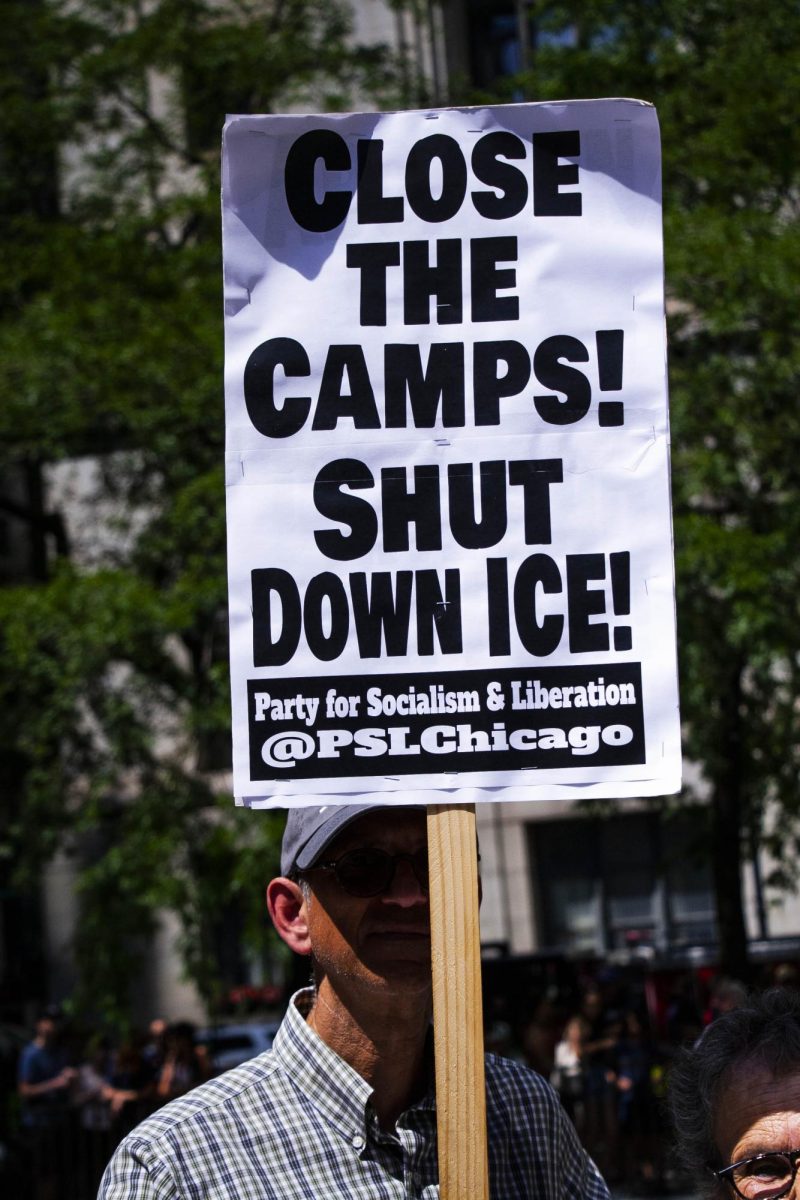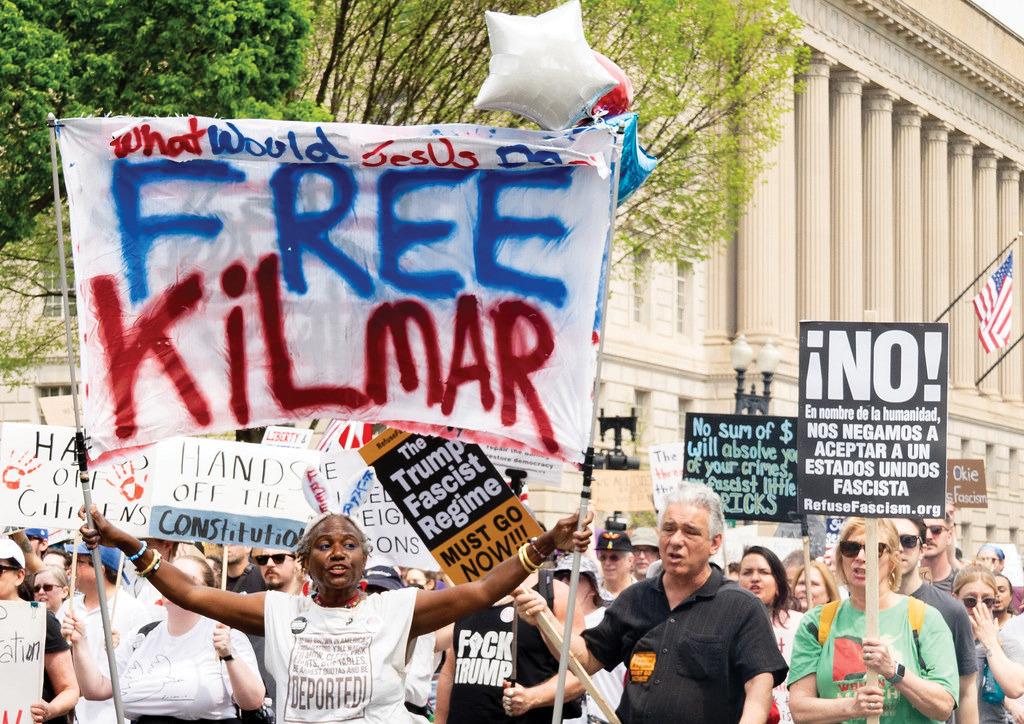MELVIN MOORE | PHOTOJOURNALIST
The National American Indian Heritage Month began as an initiative to set aside a day and honor the rich cultural history and impact the first Americans made to the United States. On August 3, 1990 President George H. W. Bush approved a joint resolution acknowledging November as what we know it today as National American Indian Heritage Month or National American Indian and Alaska Native Heritage Month.
One individual who was instrumental to fruition of American Indian Day was Dr. Arthur C. Parker. Dr. Parker was a Seneca Indian and was the director of the Museum of Arts and Science in Rochester, N.Y. Realizing the need for the recognition of the contributions and history of the original people of this land, Dr. Parker managed to persuade the Boy Scouts of America to honor a day to American Indians where the Boy Scouts celebrated it for three years. This soon caught the interest of the Annual Congress of the American Indian Association and a meeting was conducted to formally approve a plan to adopt an American Indian Day. American Indian Day was declared in 1915 on the second Saturday of each May and contained the first formal appeal to recognize American Indians and citizens of the United States.
Fast forward several decades later and the notion of an American Indian Heritage Month was implanted into the mind of Princess Pale Moon. Pale Moon, a self-proclaimed American Indian and president of the American Indian Heritage Foundation (AIHF) in Falls Church, Virginia, had a vision in which one month of the year was commemorated to honor and recognize the original people of this land. Fueled by the passion and success of Black History Month, she too felt that Native people deserved the opportunity to educate the American people about their history, cultural backgrounds, and achievements. Determined to make her vision a reality, in 1990 Pale Moon met with Congressman Eni Faleomavega. Faleomavega, member of the U.S. House of Representatives from American Samoa’s At-large district, agreed to lend a hand and introduce a bill on behalf of the new national month to the United States House of Representatives and convinced Senator Daniel Inouye, democratic senator from Hawaii, to introduce a bill in the United States Senate. In addition, Pale Moon began to contact the House of Representatives, the United States Senate, and various American Indian tribes in support of the bill. Pale Moon’s desire and passion for a month dedicated to American Indians was honored and became official by President Bush in Proclamation announcement. The Proclamation was signed into law on November 14, 1990. Pale Moon’s leadership was instrumental towards establishing an American Indian Heritage Month and Congressman Faleomavaega acknowledged Pale Moon’s involvement in his address to congress and became part of the official Congressional Report.
Church, Virginia, had a vision in which one month of the year was commemorated to honor and recognize the original people of this land. Fueled by the passion and success of Black History Month, she too felt that Native people deserved the opportunity to educate the American people about their history, cultural backgrounds, and achievements. Determined to make her vision a reality, in 1990 Pale Moon met with Congressman Eni Faleomavega. Faleomavega, member of the U.S. House of Representatives from American Samoa’s At-large district, agreed to lend a hand and introduce a bill on behalf of the new national month to the United States House of Representatives and convinced Senator Daniel Inouye, democratic senator from Hawaii, to introduce a bill in the United States Senate. In addition, Pale Moon began to contact the House of Representatives, the United States Senate, and various American Indian tribes in support of the bill. Pale Moon’s desire and passion for a month dedicated to American Indians was honored and became official by President Bush in Proclamation announcement. The Proclamation was signed into law on November 14, 1990. Pale Moon’s leadership was instrumental towards establishing an American Indian Heritage Month and Congressman Faleomavaega acknowledged Pale Moon’s involvement in his address to congress and became part of the official Congressional Report.
American Indian Heritage Month is not only a celebration of the rich cultural heritage and history of American Indians, but emphasis is also placed on the injustices that have been endured by Native people. American Indian Heritage Month is also used to bring awareness to various American Indian social issues such as misrepresentation in education, poverty, and alcoholism.





